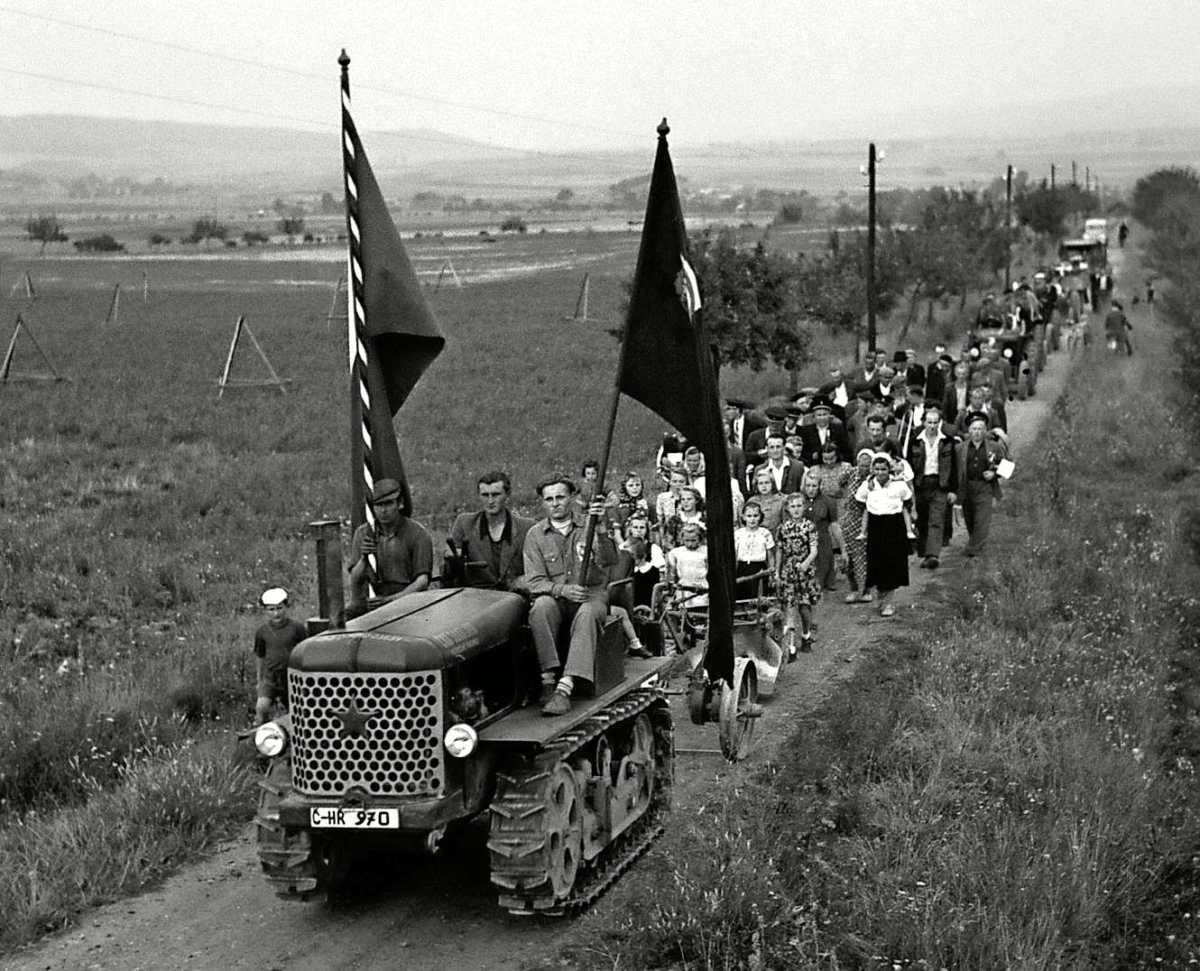As early as 400 BC, the Celts grazed red cattle in what is now the Czech region. However, it wasn’t until recent decades that Czechia began to focus on breeding beef cattle. Historically, red cattle were used for milk, beef, and as draft animals. From the 17th century onwards, local farmers began crossing their cattle with other European dual-purpose breeds. Fleckvieh became the dominant breed and remained so until the late 20th century.
After the end of WWII, the newly established communist regime confiscated privately owned land and converted most pastures into cropland, pushing cattle into sheds under the misguided belief that this would lead to better economic outcomes. When they realized the mistake, the authorities sought to revive beef cattle grazing in mountainous regions, launching a plan that included the import of over a thousand Hereford heifers from Canada in 1974. However, the lack of know-how and infrastructure led to only limited success.

The true boom for beef cattle began after the fall of the communist regime in 1989. Canada played a key role once again, with one man, Miloš Menhart, at the forefront. Born in communist Czechoslovakia, Miloš fled to Canada as a young vet and later ventured into the international trade of cattle genetics. In 1991, his company, M.I.L.O.S. Inc., brought the first Angus heifers to Czechoslovakia on a cargo flight from Canada. Over the next five years, they imported 1,800 head of cattle, half of which were Angus. In 1996, the company brought the first red Angus to Czechia.

Meanwhile, Czechoslovakia peacefully split into two countries, Czechia and Slovakia. Mr. Menhart’s efforts played a significant role in convincing Czech authorities about the benefits of beef cattle, especially at a time when the agricultural sector was undergoing dramatic transformation. His contributions extended far beyond the importation of cattle and equipment; his most invaluable legacy is the knowledge transfer to inexperienced breeders, which was critical in establishing a strong foundation for Czech beef cattle farming.
The Czech Angus breed has seen increasing popularity, with over 5,000 pedigree calves registered from 150 individual herds just last year. This is still a small proportion of the total Angus cattle population, as around ten times that number are reared as commercial cattle. Angus competes with Charolais for the position of the No. 1 beef breed in the country. A thriving local market for breeding bulls has developed, while pedigree heifers are often sold to emerging markets in Southern and Eastern Europe, as well as in Central Asia.
In recent years, many Angus farms have also established direct meat sales off the farm, tapping into the growing demand for high-quality beef. This success story exemplifies the remarkable transformation of Czech beef cattle farming, much of which can be attributed to the vision, dedication, and expertise of Miloš Menhart and the collaborative efforts of local breeders.